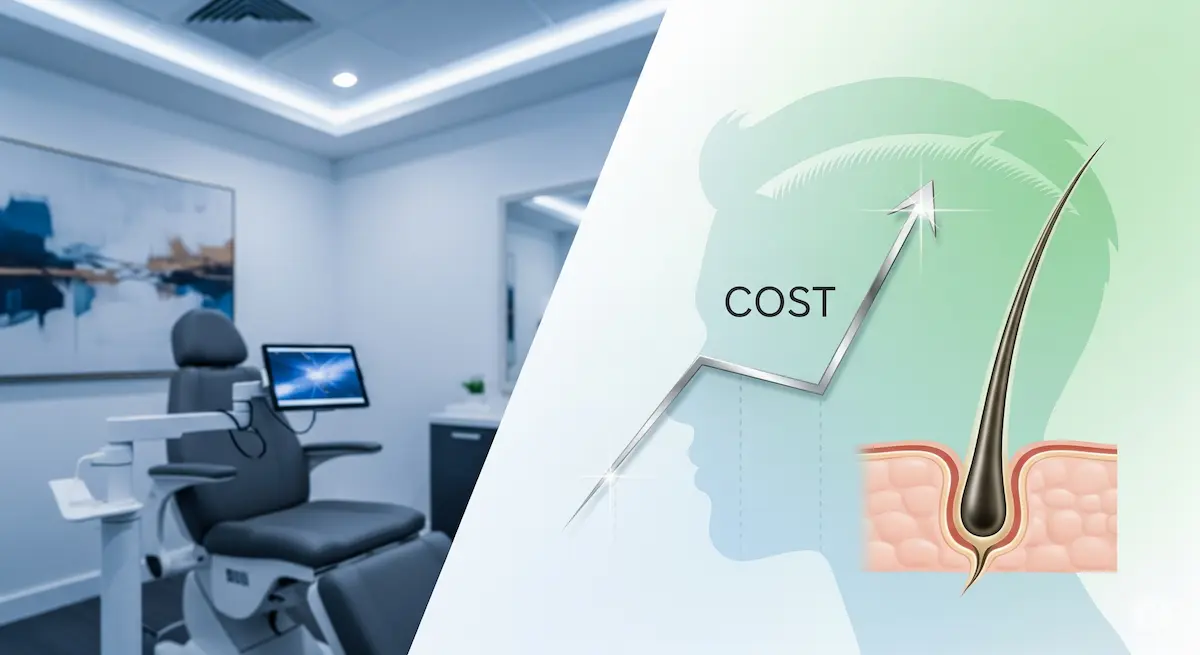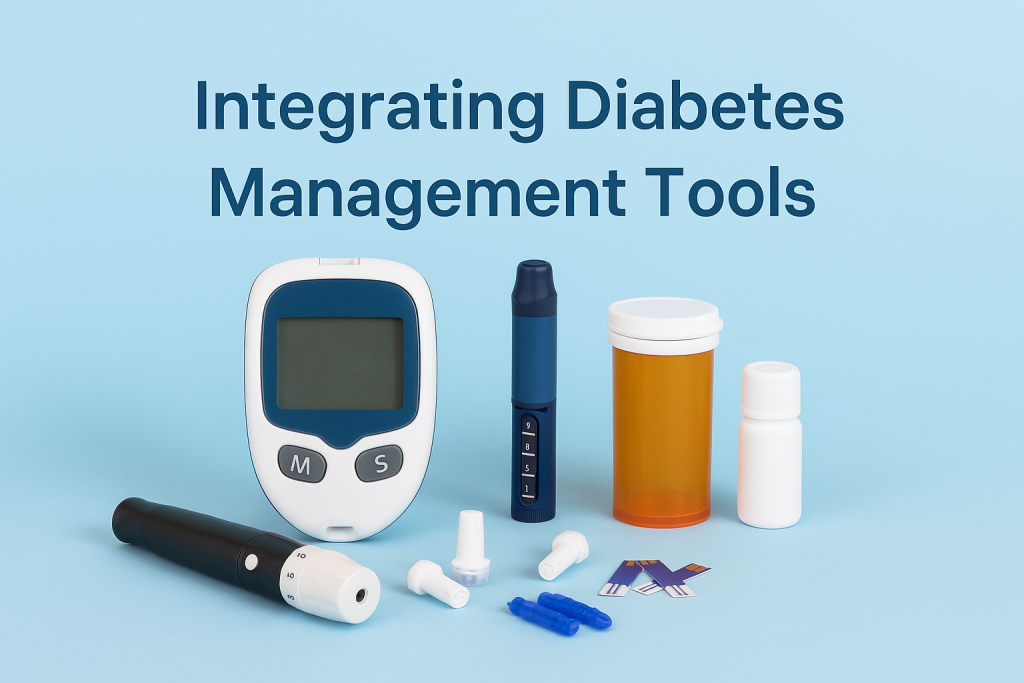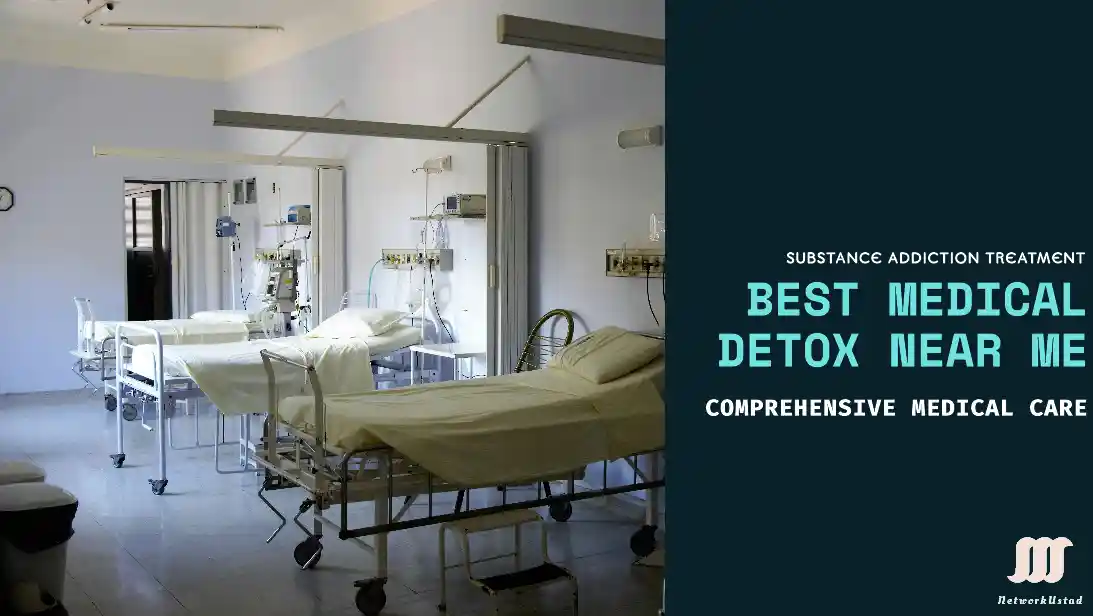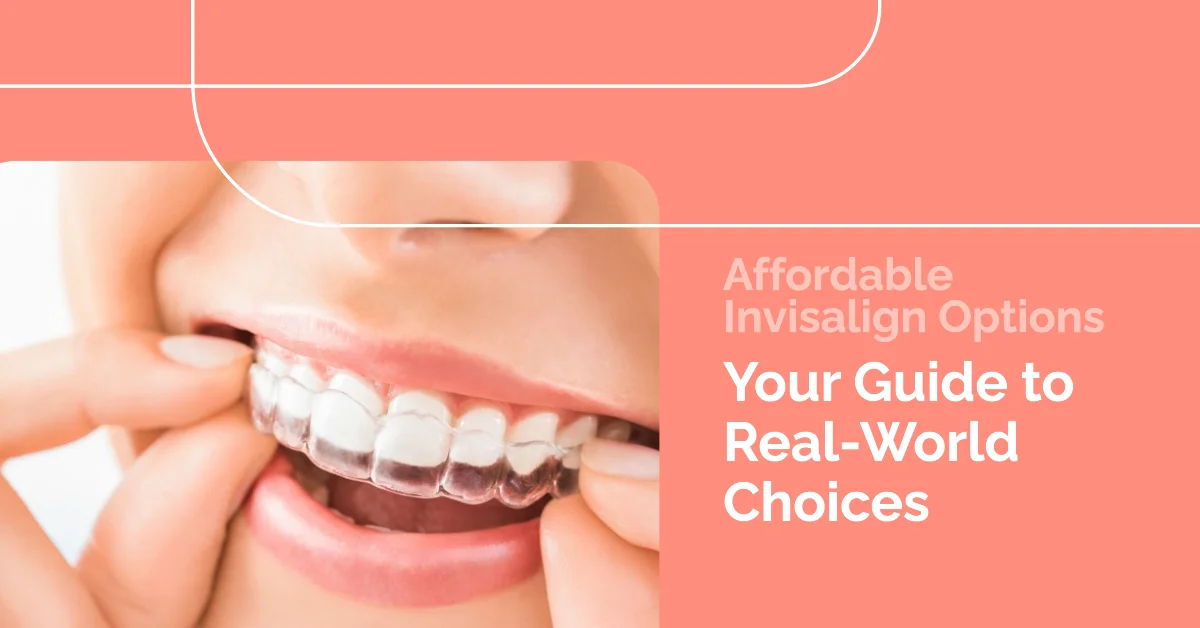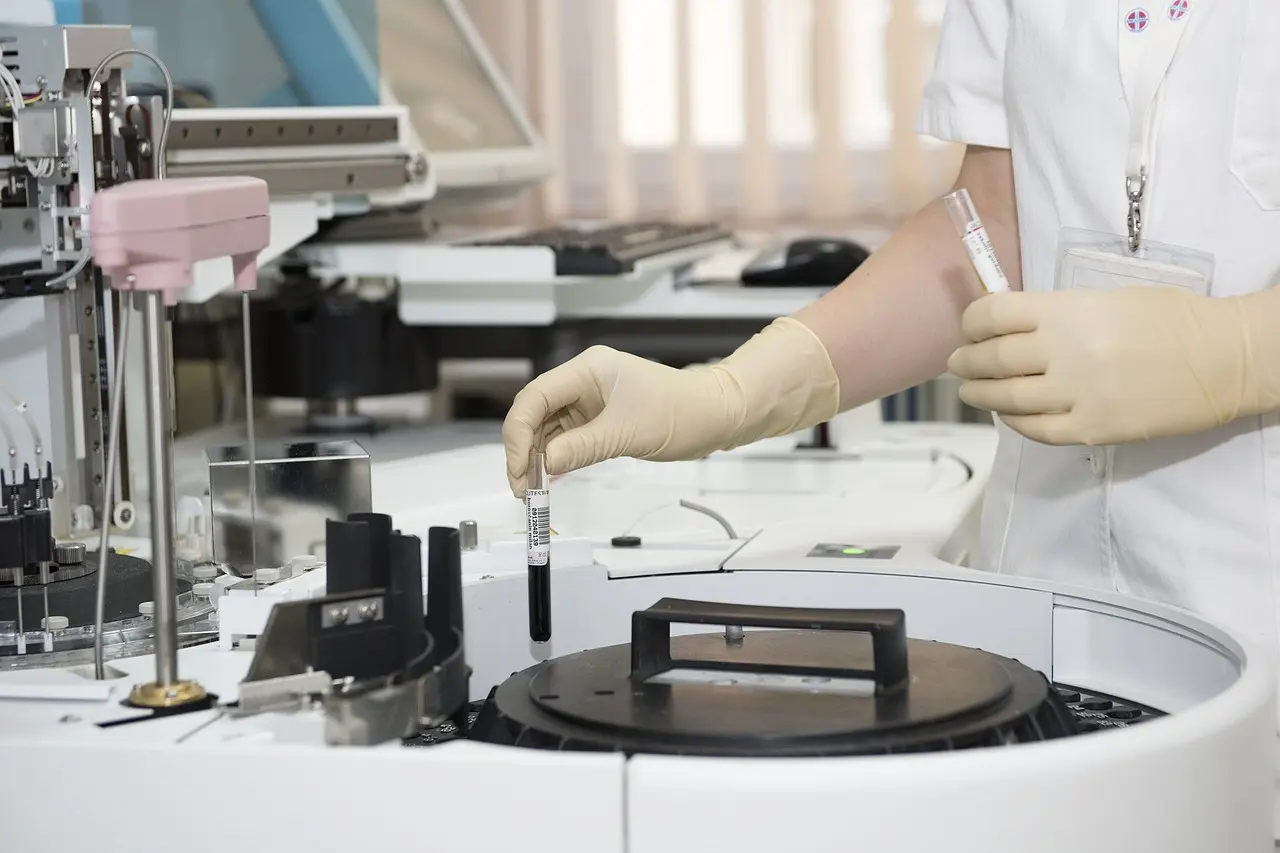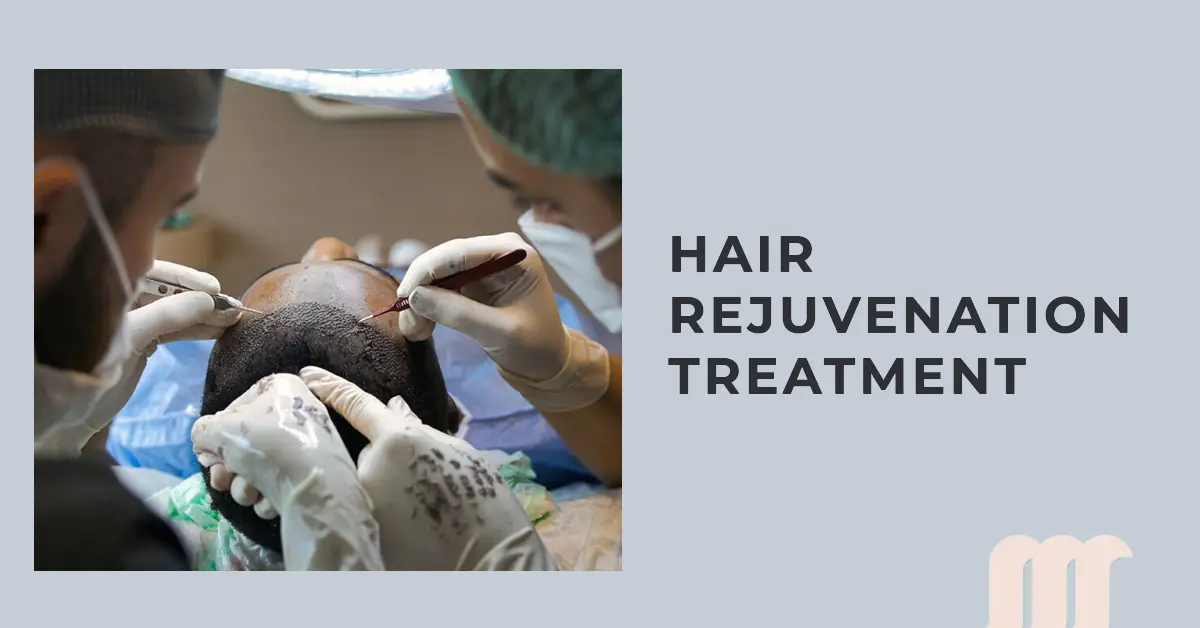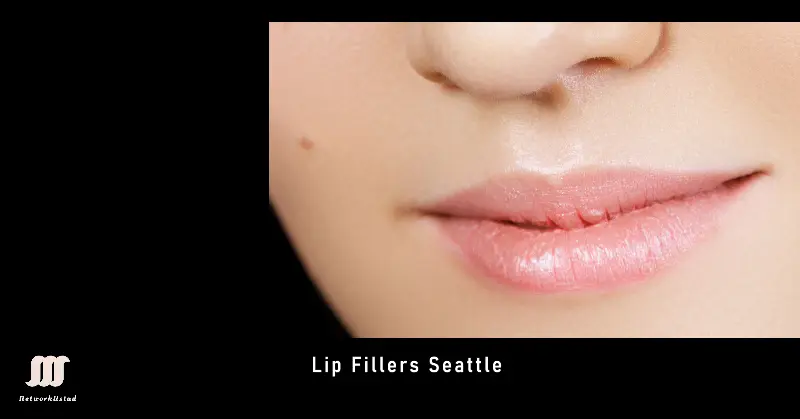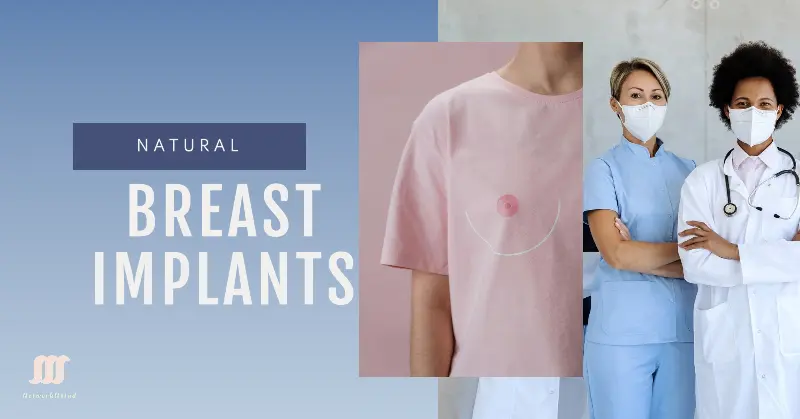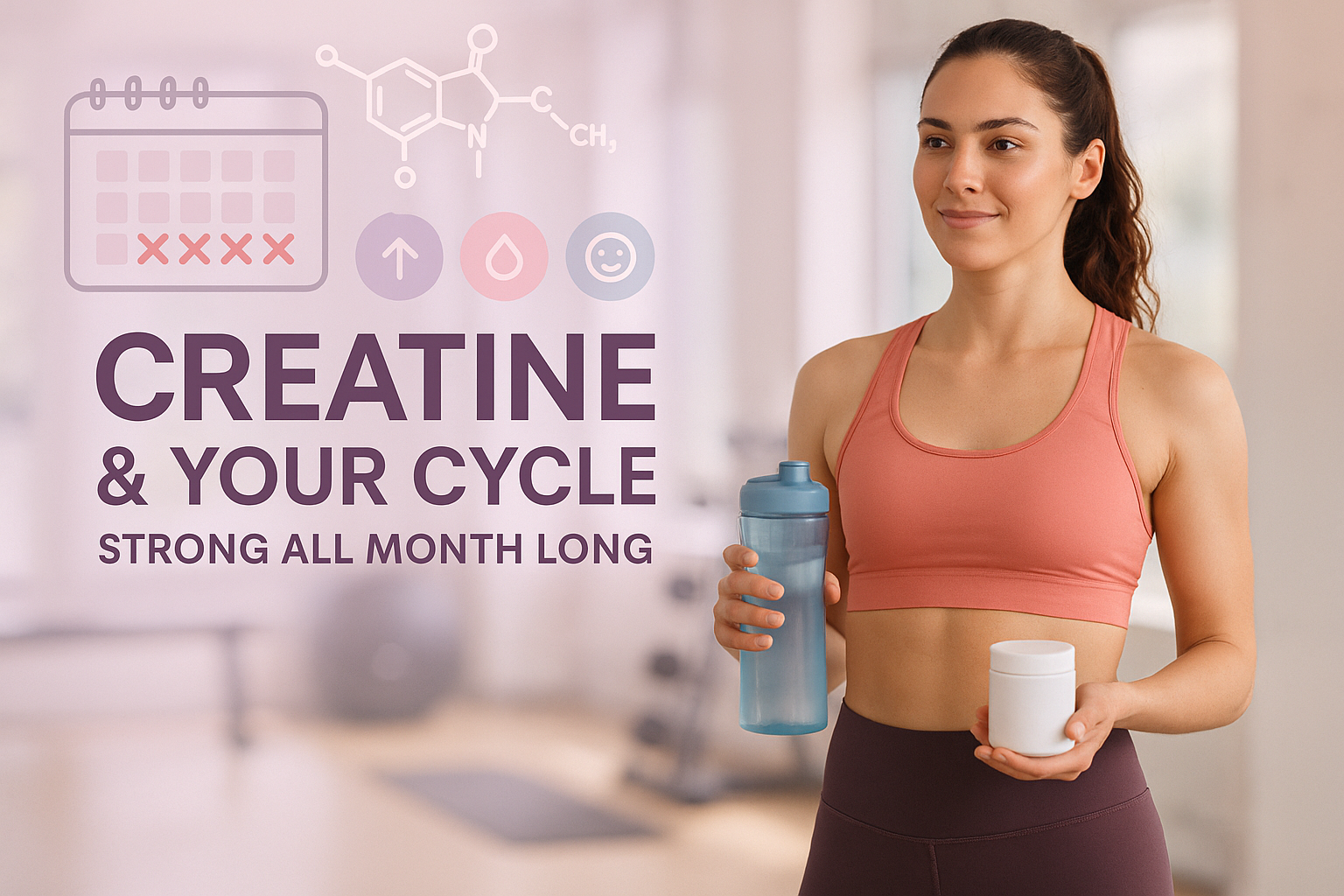For individuals considering hair restoration in Melbourne, understanding pricing is essential. Hair transplant costs vary significantly based on clinical factors rather than offering fixed rates. This guide outlines key pricing determinants and realistic expectations for 2025.
Primary Cost Factors
The number of grafts required is the primary cost driver. Grafts refer to hair follicle groups (typically 1-4 hairs) transplanted from donor areas. Requirements depend on hair loss severity:
- Minor recession (temples/hairline): 800–1,500 grafts
- Moderate loss (frontal/crown): 1,500–3,000 grafts
- Advanced hair loss: 3,000–5,000+ grafts
Clinics charge $5.00 to $10.00+ per graft in Melbourne. Technique selection also impacts pricing:
| Method | Process | Cost Impact |
|---|---|---|
| FUE (Follicular Unit Extraction) | Individual graft extraction | Higher cost due to time-intensive process |
| FUT (Follicular Unit Transplantation) | Strip removal & dissection | Lower per-graft cost |
Surgeon expertise significantly influences pricing. FRACS-accredited specialists typically command higher fees. Clinic facilities, technology, and staff experience also contribute to cost variations.
2025 Price Expectations
Based on current market data:
- Minor restoration: $4,000–$15,000 (800–1,500 grafts)
- Moderate coverage: $7,500–$30,000 (1,500–3,000 grafts)
- Full restoration: $15,000–$50,000+ (3,000–5,000+ grafts)
These ranges exclude additional expenses discussed below.
Additional Cost Considerations
Consultation fees ($100–$300) are standard, though sometimes deductible from procedure costs. Post-operative necessities add $300–$700:
- Prescription medications
- Medical shampoos
- Recovery supplies
Patients should account for 7–14 days of potential income loss during recovery. Those researching the Hair Transplant Melbourne Cost often find that clinics like Medihair hair transplant Melbourne provide detailed breakdowns of these ancillary expenses.
Clinic Selection Criteria
Price should not override clinical expertise. Key evaluation factors include:
- Surgeon credentials: FRACS accreditation and ISHRS membership
- Documented results: Before/after galleries showing similar cases
- Transparent pricing: Itemized quotes specifying graft counts
- Independent reviews: Patient feedback on third-party platforms
Consultations should include scalp analysis using microcameras and detailed graft estimates.
Long-Term Value Assessment
Transplanted hair maintains its genetic resistance to thinning, offering permanent results. This distinguishes it from ongoing expenses for topical treatments or concealers.
Recommended Patient Pathway
- Identify FRACS-accredited surgical teams
- Obtain comparative graft assessments
- Verify facility accreditation
- Scrutinize cost documentation
- Review outcomes from Medihair hair transplant Melbourne among other established providers
Conclusion
The Hair Transplant Melbourne Cost spectrum spans $4,000 to beyond $50,000 in 2025, principally governed by graft volume and technique selection. While financial parameters warrant consideration, surgical expertise remains paramount for naturalistic outcomes. Methodical evaluation of clinical credentials, outcome documentation, and cost structures enables informed decisions. Permanent restoration necessitates equilibrium between fiscal investment and surgical quality.
FAQ’s
What determines graft quantity requirements?
Surgeons evaluate hair loss classification (Norwood/Ludwig scales), donor zone density, and scalp characteristics during microscopic examination.
When do visible results manifest?
Transplanted hairs typically shed within 2-4 weeks. New growth initiates at 3-4 months, with mature outcomes apparent at 12-18 months.
Does private insurance provide coverage?
Most insurers classify hair transplantation as cosmetic. Exceptions occasionally apply for trauma-related reconstruction.
What constitutes typical recovery duration?
Most patients resume sedentary occupations within 3-5 days. Full physical activity resumes after 14-21 days.
Are financing solutions accessible?
Most providers facilitate payment plans through financial services or structured clinic schedules, including options at Medihair hair transplant Melbourne.
